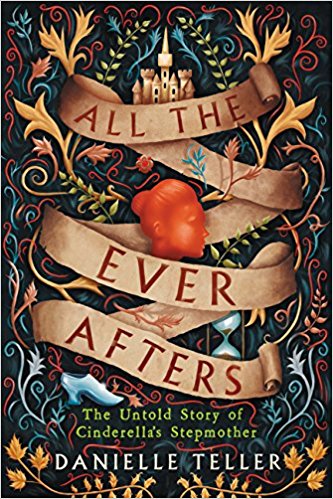 All the Ever Afters: The Untold Story of Cinderella’s Stepmother by Danielle Teller
All the Ever Afters: The Untold Story of Cinderella’s Stepmother by Danielle Teller Format: eARC
Source: supplied by publisher via Edelweiss
Formats available: hardcover, ebook, audiobook
Genres: fairy tales, fantasy
Pages: 384
Published by William Morrow on May 22, 2018
Purchasing Info: Author's Website, Publisher's Website, Amazon, Barnes & Noble, Kobo, Bookshop.org
Goodreads
In the vein of Wicked, The Woodcutter, and Boy, Snow, Bird, a luminous reimagining of a classic tale, told from the perspective of Agnes, Cinderella’s “evil” stepmother.
We all know the story of Cinderella. Or do we?
As rumors about the cruel upbringing of beautiful newlywed Princess Cinderella roil the kingdom, her stepmother, Agnes, who knows all too well about hardship, privately records the true story. . . .
A peasant born into serfdom, Agnes is separated from her family and forced into servitude as a laundress’s apprentice when she is only ten years old. Using her wits and ingenuity, she escapes her tyrannical matron and makes her way toward a hopeful future. When teenaged Agnes is seduced by an older man and becomes pregnant, she is transformed by love for her child. Once again left penniless, Agnes has no choice but to return to servitude at the manor she thought she had left behind. Her new position is nursemaid to Ella, an otherworldly infant. She struggles to love the child who in time becomes her stepdaughter and, eventually, the celebrated princess who embodies everyone’s unattainable fantasies. The story of their relationship reveals that nothing is what it seems, that beauty is not always desirable, and that love can take on many guises.
Lyrically told, emotionally evocative, and brilliantly perceptive, All the Ever Afters explores the hidden complexities that lie beneath classic tales of good and evil, all the while showing us that how we confront adversity reveals a more profound, and ultimately more important, truth than the ideal of “happily ever after.”
My Review:
As Agnes says, “The stories we tell ourselves have great power.” And that is as true of the story that Agnes tells of her own life as it is about the fairy tale that becomes wrapped around the life of her stepdaughter Ella – known to legend as Cinderella. Although Ella never spent a day amongst the cinders in her entire privileged life.
Well, there was that one day, but it wasn’t exactly like the fairy tale. Then again, nothing was like the fairy tale. Because fairy tales aren’t real. They are just more compelling than day-to-day reality.
At least reality according to Ella’s not-so-wicked stepmother. Who may, of course, be an unreliable narrator of her own life – but then, aren’t we all?
Agnes begins her life as the second daughter of a poor serf in the village of Aviceford. Her family is too poor to feed her along with everyone else, so she is sent to the manor to become a laundry maid. It’s the best/worst thing that ever happens to her, and pretty much sets the pattern for her entire life.
Agnes is a woman who never manages to take two steps forward without taking at least one step back. While there are some happy moments in her life, they seem to mostly occur in spite of every single deck stacked against her pretty much all the time.
It’s a sad tale.
Just when it seems Agnes has finally found a way to have a fairly good and productive life, if not exactly a happy one, she finds herself face to face, or tantrum to tantrum, with her stepdaughter Ella. The world may see Ella as a fairy tale princess, but Agnes has to deal with her as a spoiled little brat who grows into a spoiled and self-indulgent young woman.
Not that Agnes ever says any of that to herself. She’s doing her level best to raise Ella, and she’s actually a pretty reasonable stepmother, but circumstances, along with the girl’s father and her godmother – who is certainly no magical being – thwart any attempt at the slightest amount of discipline at every turn.
What we’re left with is the story of a young woman who managed to get her way all her life, and the poor woman who has been cast as evil not because of anything she actually said or did, but because it fits the fairy tale so much better.
Escape Rating B: The obvious comparison is to Wicked, which I admit I have not read. Just as in Wicked, we have the “true” story, told in her own words, of a character that myth has turned into an absolute monster. Of course no one ever sees themselves as a monster.
At the end, I found myself sympathizing with Agnes and her two daughters, and thinking that Ella is at best a spoiled and self-indulgent little brat, who barely has the intelligence to keep manipulating circumstances to her own advantage.
Agnes’ story, on the other hand, reads like a tragedy. She does her best, and life knocks her down at every turn. But I did like the way that the author turned the whole “ugly stepsister” trope on its tiny little head.
It is true that we have an unfortunate tendency to equate beauty with goodness, and that correlation is far from proven. Ella’s stepsisters Charlotte and Matilda are objectively not beautiful by the standards of the time. Their father was one of the Moors from Spain, and as a consequence their skin is too dark for conventional beauty. Charlotte suffered an accident with scalding water as a child, and Matilda survived a terrible case of smallpox. Both left scars. But they both are considerably more beautiful on the inside (and a whole lot cleverer) than Ella has the wit to be. I wish we saw a bit more of them.
I also enjoyed the way that Agnes simply questioned the logic of some of the stranger conclusions drawn by the fairy tale. Of course the Prince could easily find Ella. That’s what loyal retainers are for. And while he may have been completely smitten, he would instantly recognize her the moment they were face to face again. And that whole business of cutting off toes and heels – UGH!
I enjoyed Agnes journal entries in the present much more than her memories of the past. Her story seems to move from downtrodden tragedy to downtrodden tragedy, and while it feels at least somewhat true to medieval life and its lack of opportunities for women, it becomes disheartening to read after a time.
The story ends with poor Agnes worrying that she was not charitable enough in her behavior towards Ella. Not because that behavior has resulted in her current circumstances, but because she finds herself believing that she didn’t bend over backwards to indulge the child nearly enough.
In this version of the fairy tale, at least, the stepmother has nothing to feel guilty about.






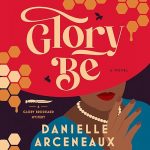


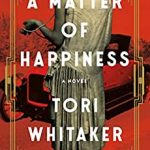

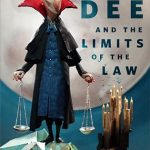

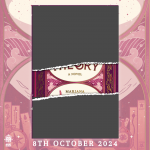

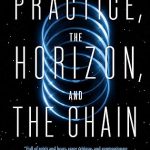

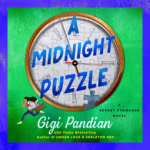
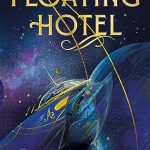
OMG this sounds soooo good! I gotta get my hands on a copy!
Thanks for being a part of the tour!